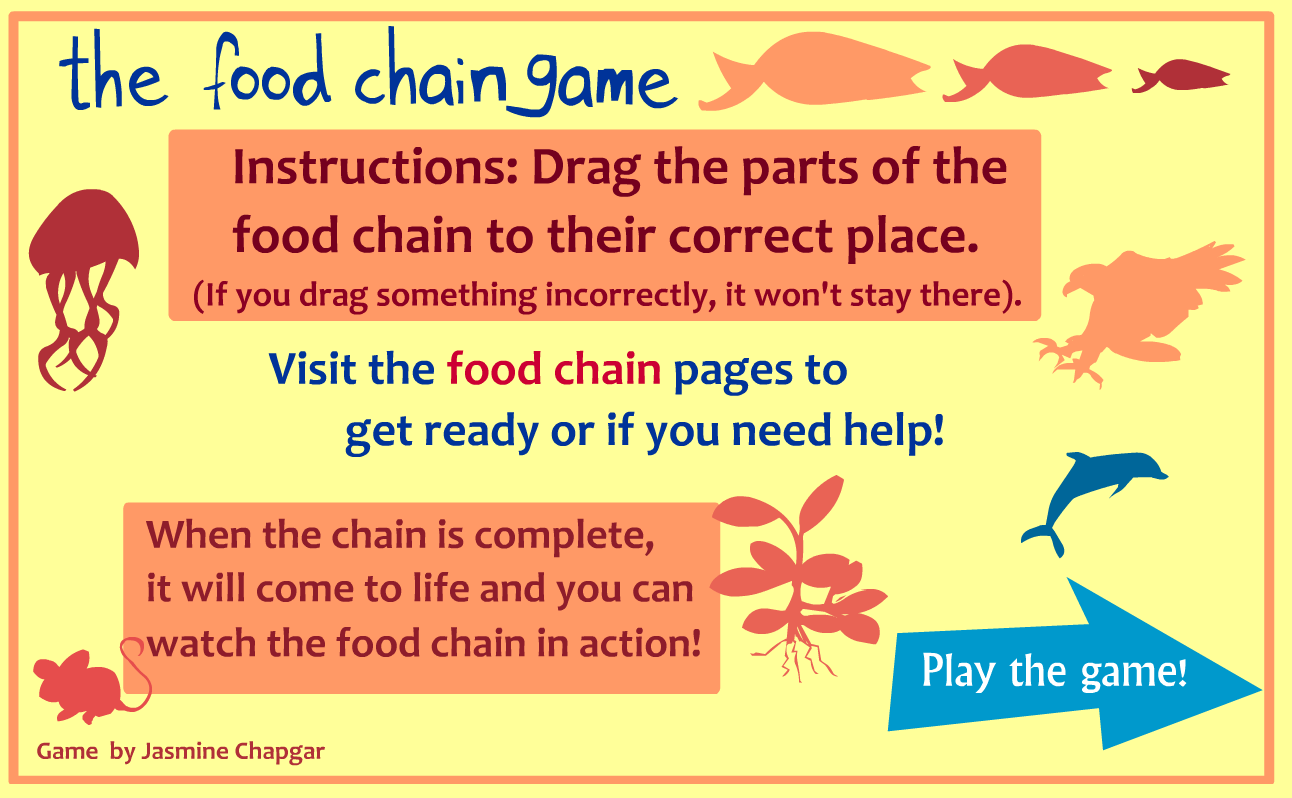Food Chain Definition Environmental Science

A food chain explains which organism eats another organism in the environment.
Food chain definition environmental science. A food web shows multiple food chains multiple relationships and connections. The organisms that feed on dead organic matter or detritus are known as detritivores or decomposers. In scientific terms a food chain is a chronological pathway or an order that shows the flow of energy from one organism to the other.
On average food chains include around five trophic levels. The flow of food or energy in an ecosystem is called food chain. It is introduced generally in Class 3 Science and students get to explore it in detail further till Class 9th.
A food chain always starts with a producer an organism that makes food. Most ecosystems contain. A food chain describes the feeding relationships of different organisms in a linear fashion.
The food chain describes who eats whom in the wild. For example grass produces its own food from sunlight. The dead organic substances are decomposed by microorganisms.
In ecology a food chain is a series of organisms that eat one another so that energy and nutrients flow from one to the next. A food chain is a linear network of links in a food web starting from producer organisms such as grass or trees which use radiation from the sun to make their food and ending at apex predator species like grizzly bears or killer whales detritivores like earthworms or woodlice or decomposer species such as fungi or bacteriaa food chain also shows how the organisms are related with. Detritus food chain is the type of food chain that starts with dead organic materials.
Plants which convert solar energy to food by photosynthesis are the primary food source. This is the simplest way of showing feeding relationships. Start studying AP Environmental Science Food Chains and Food Webs.



















